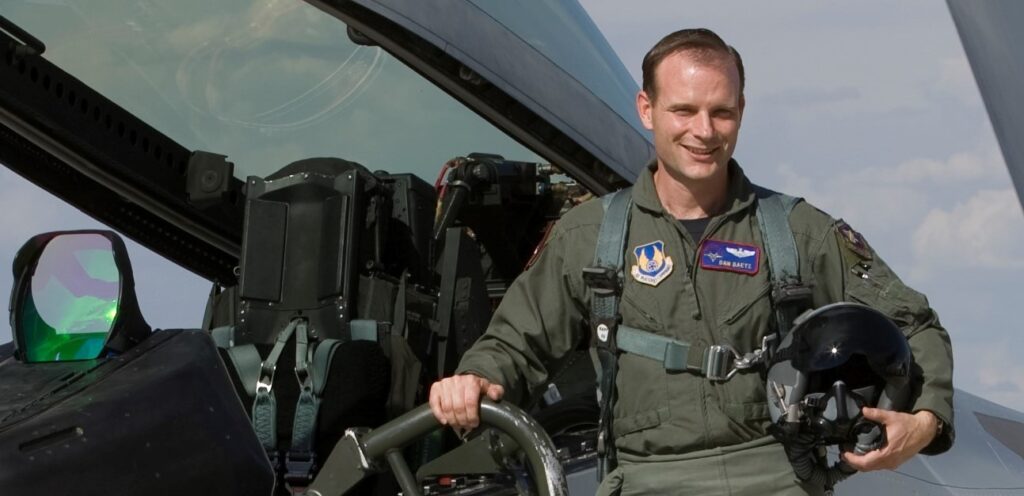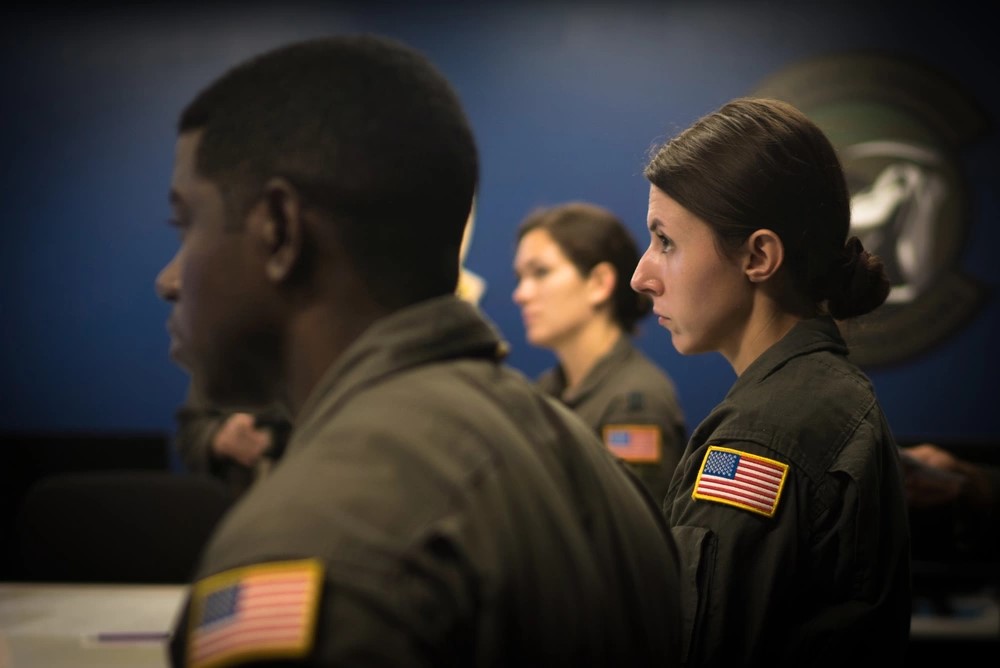If you want to write flying scenes that click, consider several factors. My last post in this series dealt with flying culture. Today, I’ll discuss aviator LANGUAGE to help you craft believable characters.
But let me start with a strange claim regarding the way aviators talk.
Here’s one thing you’ll never hear at church:
“I wish our pastor preached more like a fighter pilot…”
Now, if you believe every other bleeping word from an aviator’s bleeping mouth requires a bleeping censor, then a pulpit would seem a dangerous place for such a person.
But there’s more to this story.
Don’t get me wrong: military aviators can be quite colorful and emphatic in their communication.
Today, though, I’d like to explore a few facets of Aviator LANGUAGE. Not only will they help you write flying scenes that click, they actually might be appealing during a Sunday sermon!
First, when it comes to flight briefings and debriefings, here are two principles to explore:
- BE ON TIME
- STAY ON TARGET
Flight briefings begin ON TIME and they end ON TIME. Don’t even try to enter a briefing late. The flight lead has probably locked you out of the briefing room. And that same flight lead must compress a buffet of mission information into a logical format that can be digested in under an hour. The moment the briefing ends, it’s time to get your flight gear and rock-and-roll.
Flight debriefings relentlessly focus ON TARGET. This can be literal, of course: Did we hit our targets? But there’s another sense. As the mission is dissected with the intensity of NFL game footage (probably even more so), any flaws in performance are taken to root cause errors. The debrief stays ON TARGET by drilling down until those root causes are exposed and fixes identified. Debriefing rooms have no proverbial rugs under which to hide mistakes.
So, if you want to represent the LANGUAGE of military aviation well, the uncompromising disciplines of being ON TIME & ON TARGET can guide your dialogue.
But there’s a second pair of principles that applies both in radio comms and in professional interactions:
- BE CLEAR
- BE CONCISE
BE CLEAR – say what you mean
BE CONCISE – fewer words are better
Do you like how I demonstrated that? 😉
Specific military “brevity terms” are used in flight. Airtime is precious in battle, so radio transmissions must be CLEAR & CONCISE.
Consider this warning from a wingman to his flight lead: “EAGLE ONE, BREAK RIGHT.” He or she directs a clear action to Eagle One in only four words. They don’t ramble like this bad example, “Uh, leader, there’s a smoke trail headed for you…wow, you might want to move out of the way—” KABOOM!
I’ll cover some of these “brevity terms” in a future post.
For now, let me ask you:
How would you like a sermon that is ON TIME, ON TARGET, CLEAR and CONCISE?
Maybe it’s time to put a fighter pilot into the pulpit!
Until next time…
Dan



